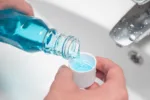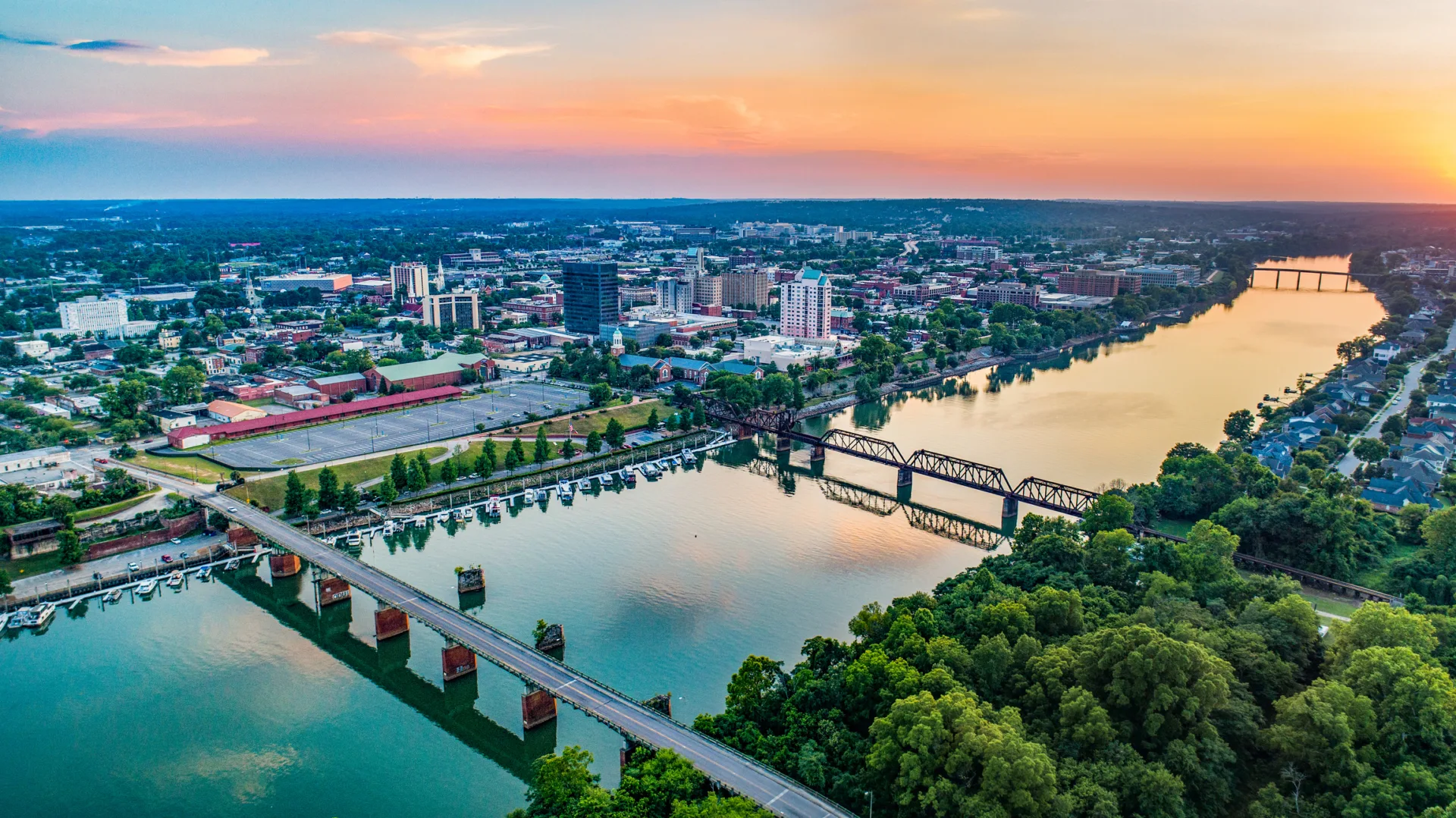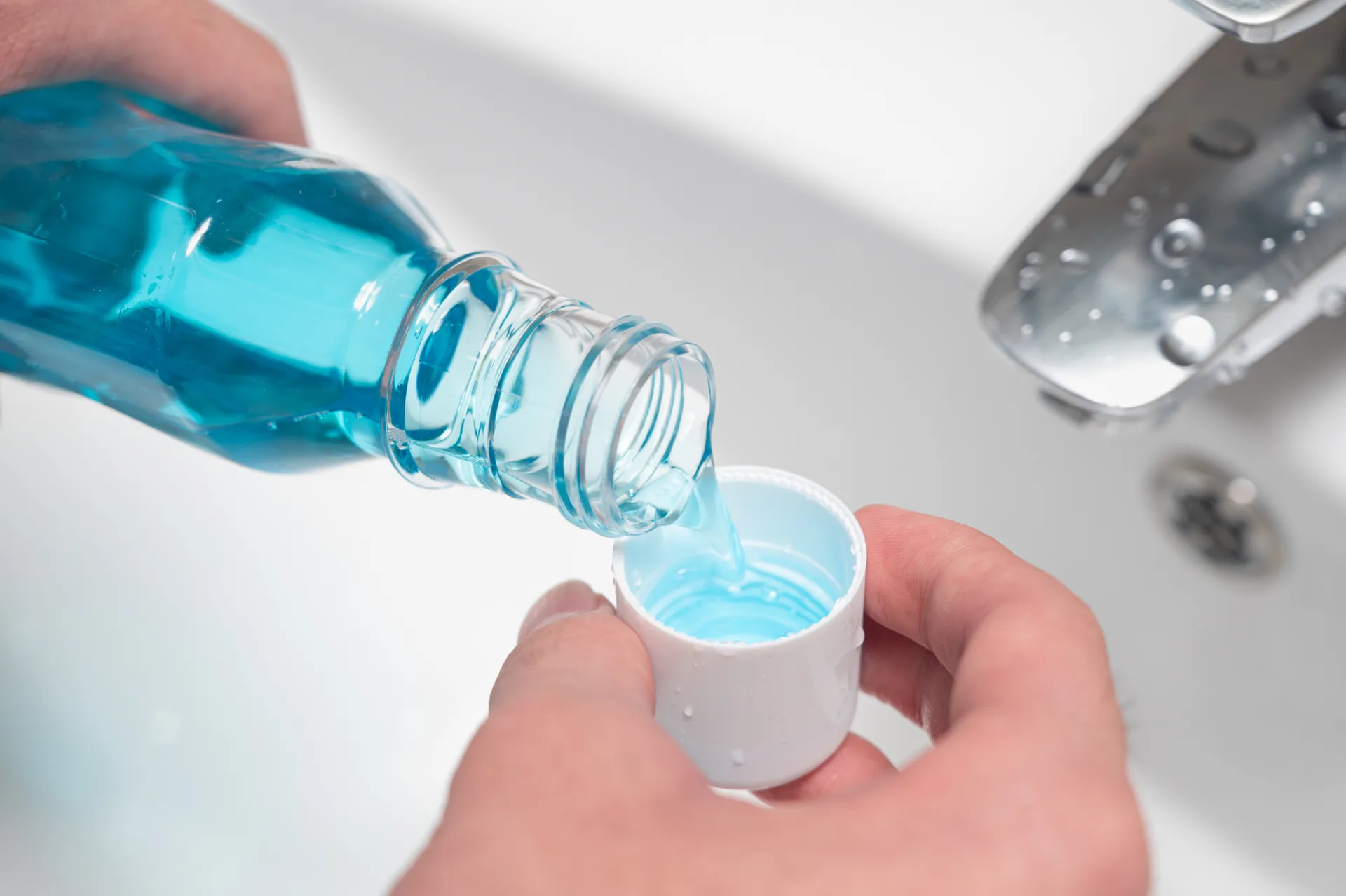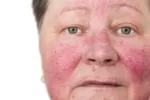
Alcohol and Red Face: Understanding the Link Between Drinking and Rosacea
For many people, drinking alcohol can cause facial redness, but for those with rosacea, it can trigger persistent flushing and worsen symptoms. Rosacea is a chronic skin condition that leads to facial redness, visible blood vessels and inflammatory flare-ups. While alcohol doesn’t cause rosacea, it is a common trigger that can make symptoms worse and more frequent.
If you’ve noticed that your face turns red after drinking, understanding the connection between alcohol and rosacea can help you manage symptoms and make informed choices about alcohol consumption.
Why Does Alcohol Make Your Face Red?
Alcohol affects blood vessels, causing vasodilation (widening of the blood vessels), which leads to flushing, particularly in the face and neck. This reaction happens because alcohol:
- Increases blood flow to the skin, making it appear red or flushed
- Lowers the body’s ability to break down acetaldehyde, a byproduct of alcohol that can cause inflammation
- Triggers histamine release, which can contribute to redness and swelling
For some, this redness is temporary, but for individuals with rosacea, alcohol can lead to long-lasting flare-ups and worsen symptoms over time.
Alcohol and Rosacea: A Strong Connection
Rosacea is a skin condition that primarily affects the face, causing:
- Persistent redness
- Visible blood vessels (telangiectasia)
- Swelling and inflammation
- Pustules or acne-like breakouts
While many factors can trigger rosacea flare-ups, alcohol is one of the most common culprits. In fact, studies show that even moderate drinking can worsen rosacea symptoms.
Which Alcoholic Drinks Trigger Rosacea the Most?
Not all alcoholic beverages affect rosacea the same way. Some are more likely to cause flare-ups than others:
- Red wine – One of the worst offenders due to its high levels of histamines and tannins
- White wine – Still a trigger, but usually milder than red wine
- Beer – Contains fermented grains and histamines, which can cause flushing
- Spirits (whiskey, vodka, rum, etc.) – While lower in histamines, strong liquors can still trigger vascular dilation
If you suffer from rosacea, limiting or avoiding alcohol—especially red wine—can help manage symptoms and reduce flare-ups.
Red Face from Drinking Without Rosacea
Even if you don’t have rosacea, you may still experience facial flushing after drinking. This is common in people with an alcohol intolerance or a genetic condition that affects how the body metabolizes alcohol. Asian flush syndrome, for example, occurs due to a deficiency in the ALDH2 enzyme, which leads to an inability to break down acetaldehyde, causing:
- Intense facial redness
- Rapid heart rate
- Nausea and dizziness
How to Reduce Facial Redness from Alcohol
If drinking alcohol makes your face turn red, there are a few steps you can take to reduce redness and discomfort:
- Identify your triggers – Pay attention to which types of alcohol cause the most severe reactions.
- Drink in moderation – Reducing alcohol intake can help prevent long-term skin damage.
- Stay hydrated – Drinking plenty of water can help flush toxins and keep your skin healthy.
- Cool down – Using a cold compress or staying in a cool environment can help reduce flushing.
- Consider rosacea treatment – If you have rosacea, consult a dermatologist for prescription treatments and skincare recommendations.
Managing Alcohol-Related Redness for Healthier Skin
If your face turns red after drinking, it could be due to alcohol’s effect on blood vessels, rosacea or alcohol intolerance. While alcohol doesn’t cause rosacea, it can be a major trigger, leading to persistent redness and discomfort. Managing alcohol consumption and understanding your body’s response can help reduce symptoms and protect your skin.
If you struggle with alcohol dependence or need support, seeking professional help can be a crucial step toward better health and well-being.



